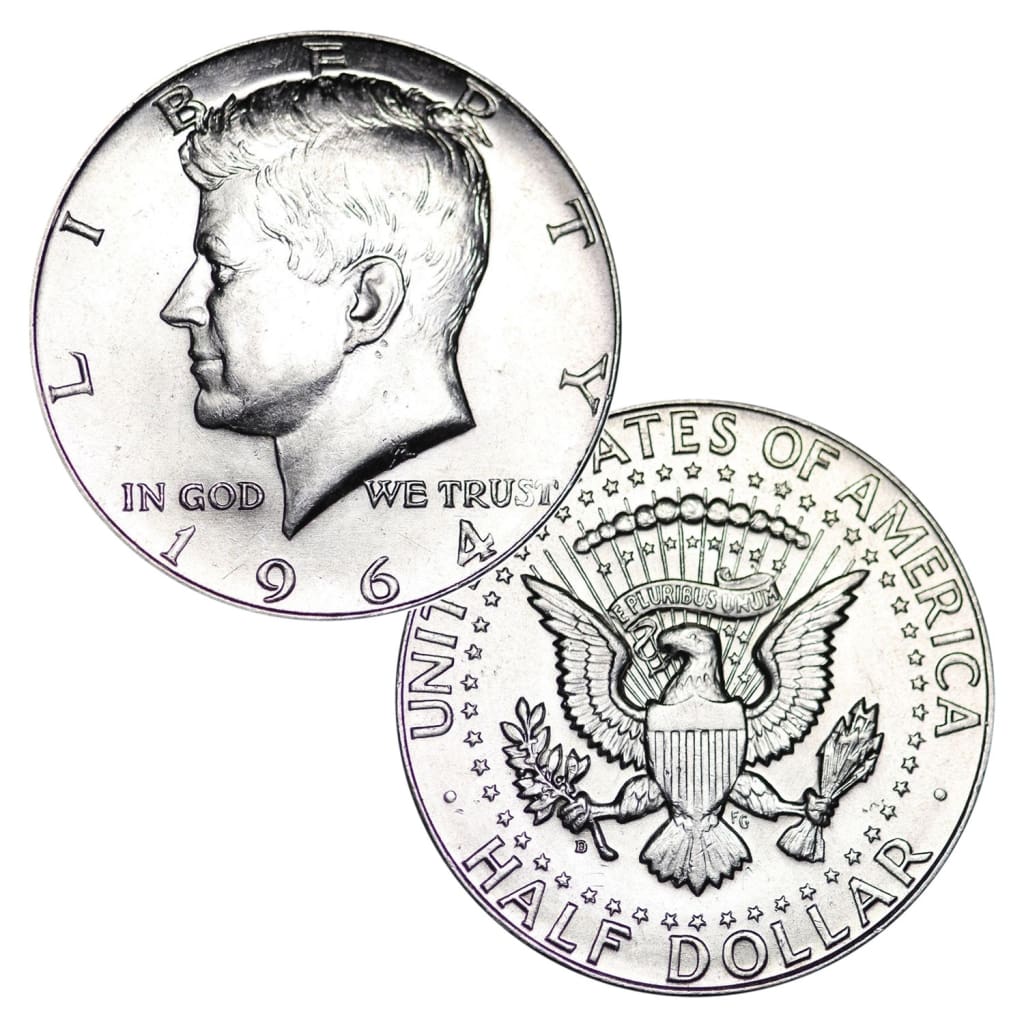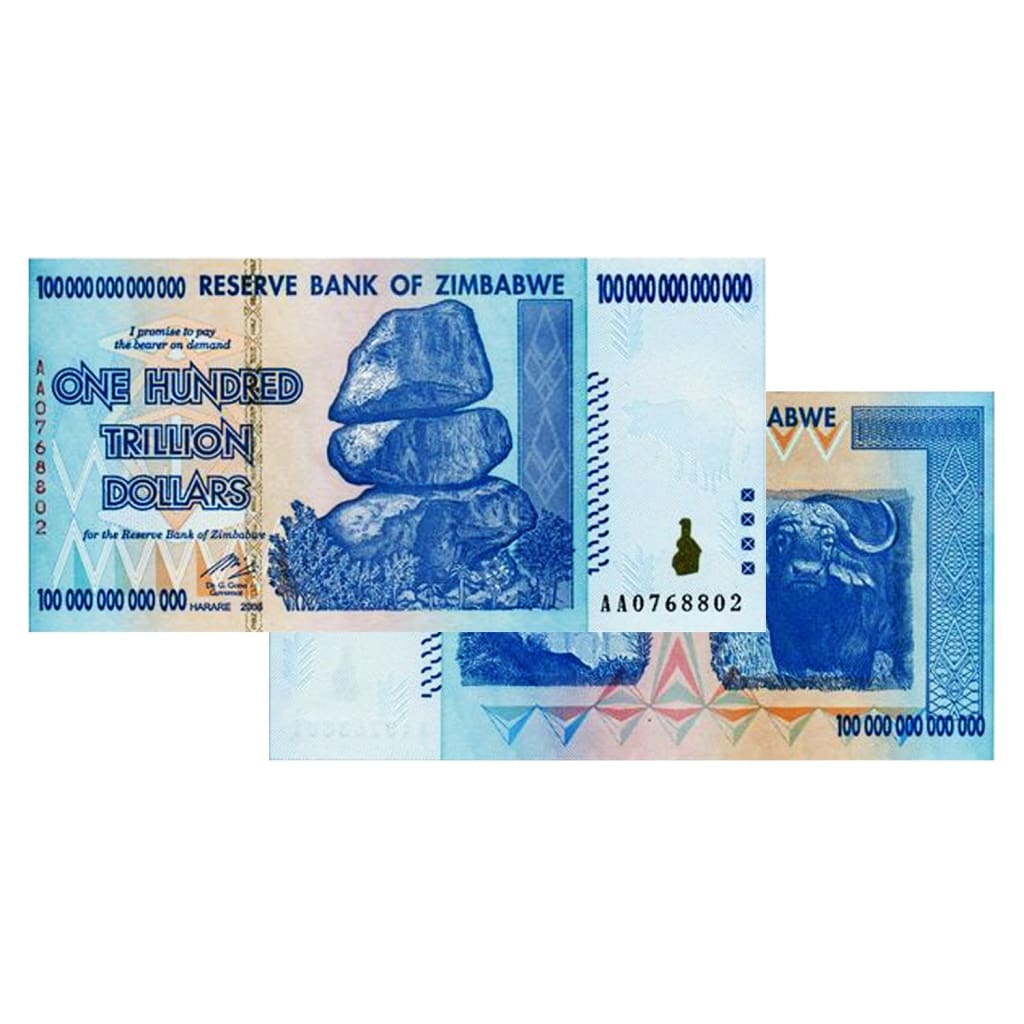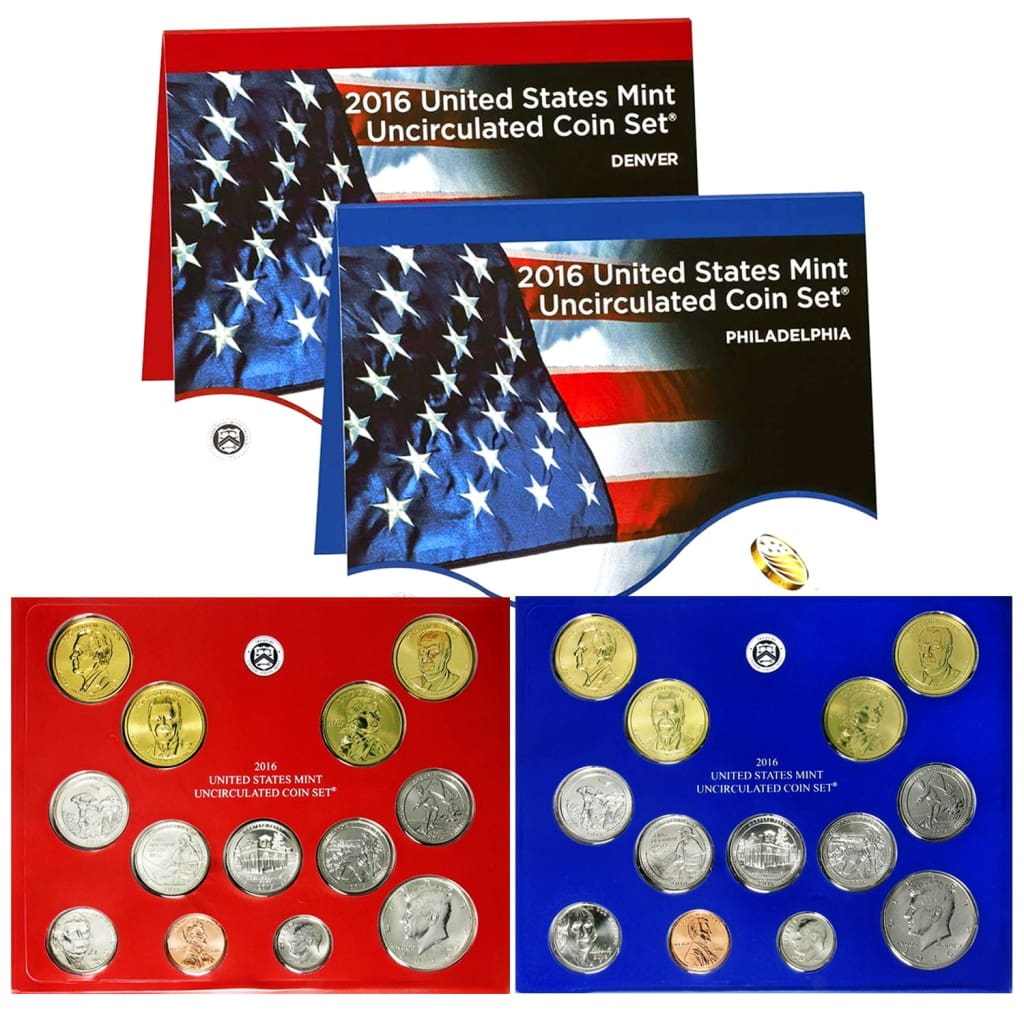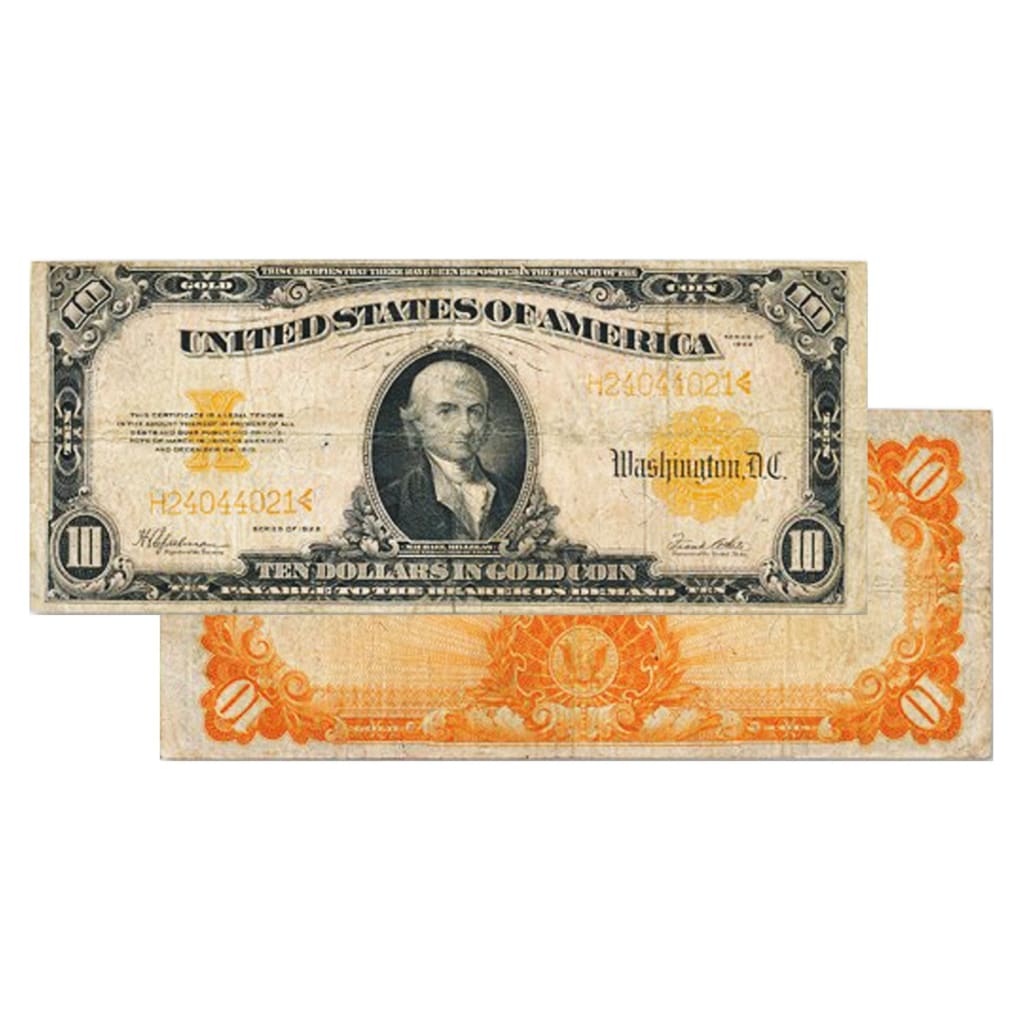The ruble is the world’s second oldest currency after the British pound. It was also the world’s first decimal currency when it was divided into 100 kopeks in 1704. It has gone through three phases during its 600-plus years of existence, first as the currency of the Russian Empire (1547-1917), then the Soviet Union (1922-1991 as the Soviet ruble), and currently as the currency of the Russian Federation (1991-present as the New Ruble).
The New Ruble
After the fall of the Soviet Union, a final issue of Soviet banknotes inscribed with USSR was made in 1992. The Soviet ruble remained in circulation at parity with the new Russian ruble until 1993 when it was replaced by a new set of banknotes issued by the Bank of Russia. The Russian Federation introduced 5,000- and 10,000-ruble notes that year, followed by 50,000-ruble notes in 1993, 100,000 rubles in 1995 and 500,000 rubles in 1997, dated 1995.
The Federation notes broke with the tradition of depicting portraits of real or allegorical persons on currency. Instead, the new notes featured notable Russian architecture, monuments, and landmarks in attractive, multicolored designs.
Soviet kopek coins remained legal tender until they were replaced by new coins from 1991 to 2001 at the rate of 1,000 to 1.
The Ruble Devalued
Following a major financial crisis in Russia, the ruble was redenominated and exchanged at the rate of 1:1000 to account for inflation. Even so, the ruble lost nearly 70% of its value in US dollars over the following six months. It has since regained some of its lost dollar value, but still exchanges at around 60:1.
Commemorative Notes for Collectors
To mark the 2014 Winter Olympics in Sochi, the Bank of Russia issued a special 100 ruble note in 2013. It was printed on high-quality white cotton paper and embedded with a transparent polymer security stripe with an optically variable element in the shape of a snowflake. The front of the bill features a snowboarder soaring in front of a mountain and over some of the Olympic venues. On the back is the Olympic stadium in Sochi beneath a tapestry of Olympic symbols.
In December 2015, the Bank issued another 100 ruble note to commemorate the “reunification” of Crimea and Russia. Printed on light yellow cotton paper, the front shows the Sunken Ships Monument in Sevastopol superimposed over a 19th century painting of Russian ships in Sevastopol harbor. The back depicts The Swallow’s Nest, a small stone castle and local landmark.
In 2017, the National Bank of Ukraine forbid the use of Russian banknotes in protest of that nation’s occupation of Crimea, historically part of Ukraine.
Sochi, Sevastopol Notes Online
History isn’t always pretty, but it’s almost always interesting. And politics aside, the two Russian commemorative notes are excellent and attractive additions to world currency collections or for collectors of Olympic memorabilia.
The Great American Coin Company is pleased to offer both Russian Ruble Commemorative Notes for purchase online. We also have American Eagle and other certified bullion and collectible coins to satisfy all your collecting, investing, and gift-giving needs.





